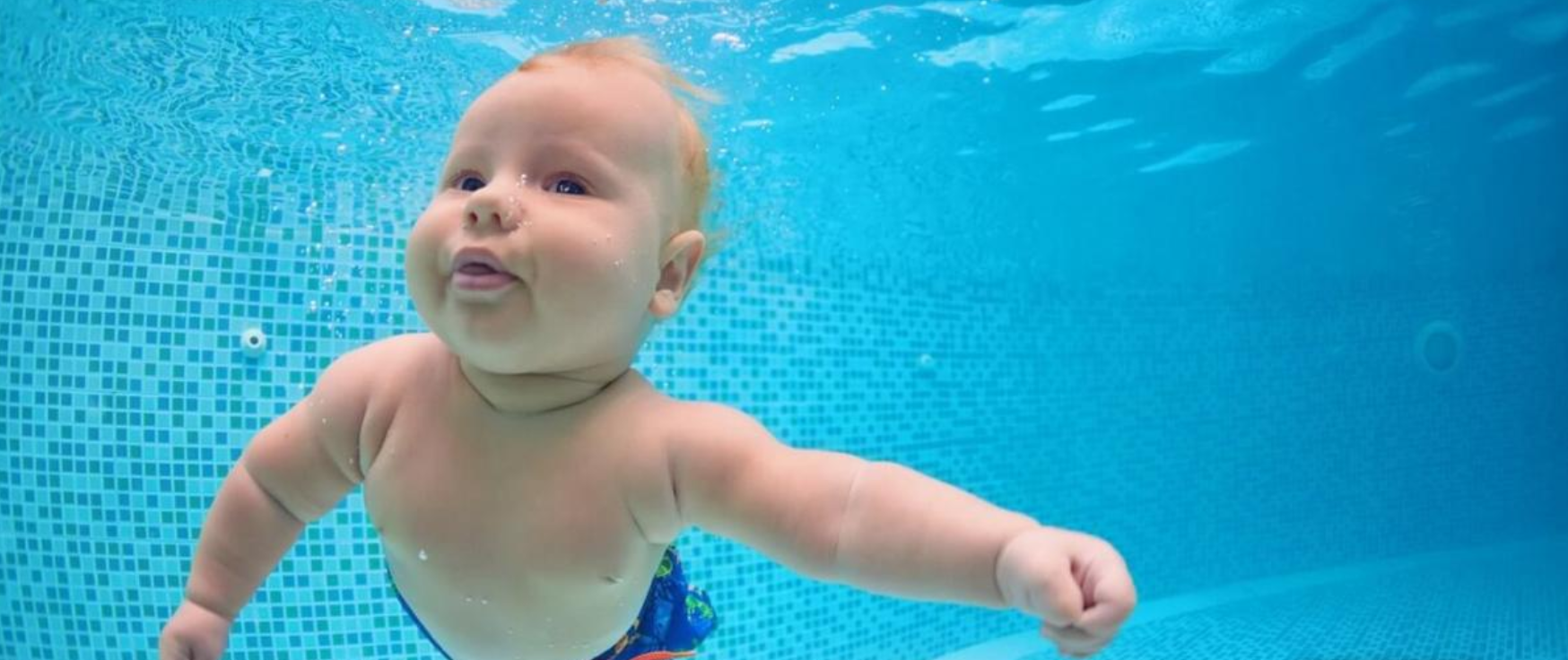
Is your child afraid of water? Does your child cry hysterically when you take them into a swimming pool or a lake? Does he/she resist putting their face into the water? If they do, it can be a good thing. They are less likely to get themselves into a situation that might lead to an accidental drowning. At the same time, as they age, they need to out-grow these fears and learn to swim. That is part of growing up. Let me explain how I might help your child overcome the fear of water.
Reasons Your Child May Be Afraid of Water
There are a number of reasons why a child might be afraid of water. They may have had a negative experience with the water in the past. It doesn’t take much to make a bad experience. Or, they may just be cautious of a new experience. The water can be a scary place for them. They may have had some experience in water before and they felt out of place and out of control.
As a Parent, How to Power Through Teaching Your Child to Swim
If you have tried teaching your own child to swim, you have probably seen them hysterically cry and resist. When this happens, teaching a child to swim is nearly impossible. Children are not receptive to learning to swim or anything else when this happens. That’s why putting your child into a professional swim school is sometimes the best way to teach your child to swim.
Professional instructors have been taught to “read” a child’s reactions and thoughts around the pool. That’s why it’s important to review and choose the proper swim school for your child.
Learning to Swim Starts Slowly
The first step in teaching a young child to swim is to get them comfortable being around a pool of water. Sometimes it is best to just let them sit in the water while you talk to them. Once they are somewhat comfortable being in and near the water, the next step is getting them comfortable getting their head and face wet. This is sometimes challenging. A professional swim instructor will take special steps to make sure the child feels safe and secure. Once these initial steps have been taken, the task of teaching a child to float and swim can really begin.
Young children have a short retention level. They will listen and learn for only short periods of time. That is why initial lessons will only last for 10 – 15 minutes. And, we teach children to float before they can swim. We teach both at the same time, but teaching them to float is more important than the swimming. If a child falls in the water, learning to float saves more lives than swimming.
Call Life Saver Survival Swim School
If you have children at home that you would like to teach to float and swim, give Life Saver Survival Swim School an opportunity to teach them. You’ll be pleased to see your children learn a new skill that will last them a lifetime. You can sign your child up online, or you can give the owner of our swimming school a telephone call. Her name is Bonnie and she can be reached at (832) 366-3008. Or, drop her an email.

